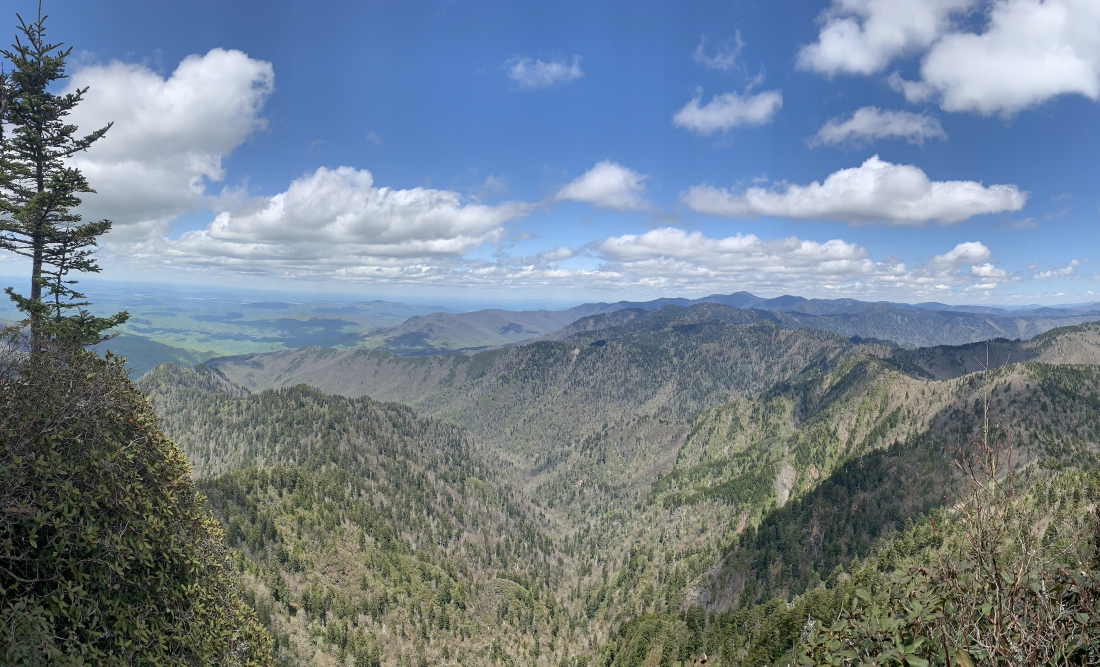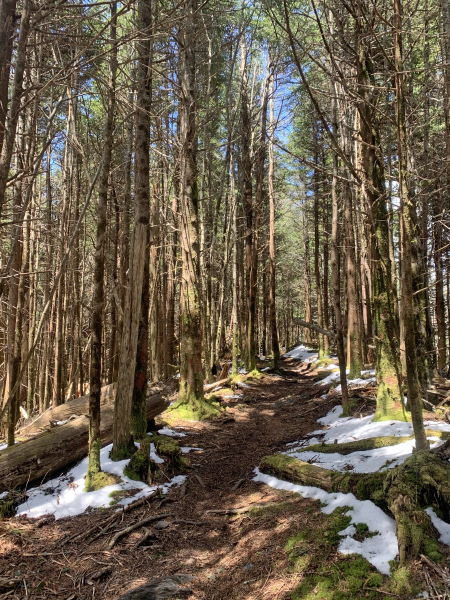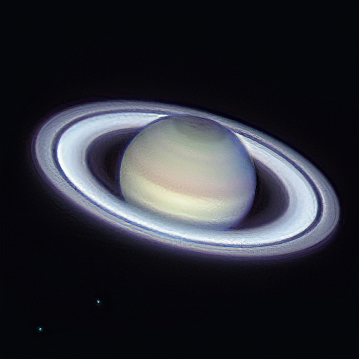The purpose of this feature is to give scout leaders, educators and naturalists an idea of some of the natural events coming up each month. We will try to cover a variety of natural events ranging from sky events to calling periods of amphibians, bird and mammal watching tips, prominent wildflowers and anything else that comes to mind. We will also note prominent constellations appearing over the eastern horizon at mid-evening each month for our area for those who would like to learn the constellations. If you have suggestions for other types of natural information you would like to see added to this calendar, let us know! Note: You can click on the hyperlinks to learn more about some of the featured items. To return to the Calendar, hit the "back" button on your browser, NOT the "back" button on the web page. All charts are available in a "printer friendly" mode, with black stars on a white background. Left clicking on each chart will take you to a printable black and white image. Though we link book references to nationwide sources, we encourage you to support your local book store whenever possible.
Notes From May 2020 On May 11th I returned to the Smokies for a hike to "The Jumpoff," an overlook on the flanks of Mount Kephart. It's a grand view to the northwest looking down over the path of the Appalachian Trail. Charlies Bunion, Masa Knob and many of the peaks along the AT can be seen in this image. You can hover your mouse over the image (or tap on a smartphone) to get a view with the peaks labeled.
But there were also signs of spring. Not long after starting the climb from Newfound Gap I heard the beautiful and complex song of the Winter Wren. As its name implies, this species is a winter resident in most of the state, but it breeds in the higher elevations of the Appalachians. This is true of a number of bird species. Red-breasted Nuthatches also breed in the Smokies and called frequently during the hike. I heard a Golden-crowned Kinglet, and we saw a Hermit Thrush later in the morning. In the summer months the flute-like song of the Hermit Thrush is common at high elevations. A Red Squirrel crossed the trail in front of us on Mount Kephart, another species whose mostly northern range extends southward along the spine of the Appalachians. While at The Jumpoff we met Olympic biathlete Clare Egan, who was there hiking some trails as part of her conditioning. She was quite gracious and spent some time with us answering questions about her chosen sport before returning to her normal pace and quickly disappearing down the trail. The view across the mountains, which includes Masa Knob, brought to mind the friendship of Horace Kephart and George Masa. Their friendship was shown most recently in the Ken Burns documentary, The National Parks. Kephart and Masa valued each other's areas of expertise. Kephart knew the importance of Masa's contributions as a photographer, and Masa learned about plants, animals and mountain lore from Kephart. Both worked incredibly hard for the creation of the national park. Masa, who stood about five feet tall and weighed 100 pounds, often hiked ten miles or more carrying a heavy tripod and an 8x10 view camera. He also measured distances between points in the park by pushing a rig made from the front end of a bicycle, both on and off trails. On April 3rd, 1931, George Masa read in the newspaper that Horace Kephart had been killed in an automobile accident. He wrote in a letter to a friend, "Kep is gone forever! His death shocked me to pieces. I never experienced such feeling in my life...But we must keep going on what we have in our hands, and I like to carry out what Kep wanted." Masa said that every time he visited Kephart's grave, "I feel that I better carry him up to the top of Mt. Kephart." He died of influenza on April 2nd, 1933, almost two years to the day after Kephart's death. He died in a sanitarium, penniless and in debt, and his wishes to be buried beside Kephart were not honored. His grave was left unmarked for fifteen years. On June 15, 1934 the Great Smoky Mountains National Park was officially established. On April 25, 1961, through the efforts of the Carolina Mountain Club, a 5,600-foot wooded peak on the flanks of Mt. Kephart was named Masa Knob. Much of the above information about George Masa and Horace Kephart came from an excellent in-depth article on PBS.org. You can find it here.
The weather changed so rapidly in May that it was hard to find even one night that remained free of clouds and rain. Our new comets defied predictions and remained below naked eye visibility. However it is in the nature of comets to be unpredictable. Longtime comet hunter David Levy said it best; "Comets are like cats: they both have tails, and thy both do precisely what they want." Perhaps as a consolation prize there were two bright supernovae discovered in May. One of them was in the galaxy Messier 61.
I took this image of Messier 61 on May 15th and May 21st, during times in the early morning hours when the sky cleared. The supernova is arrowed. On both evenings I had to remotely park the telescope and roll the observatory roof back on due to incoming rain. But I was grateful to have the chance to catch the light show! Supernova SN 2020jfo is arrowed. They are one of nature's biggest fireworks! They can for a time put out more light than their entire host galaxy. This supernova is a type II supernova. They form from a supergiant star with a mass that is more than 8 times that of our Sun. These stars are rock stars. They burn brightly and die young. Their life spans range from 30 million years down to a few hundred thousand years. Compare this with our sun's age of the 4.6 billion years. As such a star ages the energy generated by the nuclear fusion in its core may be unable to sustain the core against its own gravity. The core collapses and the rebound creates a stellar explosion. Depending on the mass of the original star, the star may collapse into either a neutron star or a black hole. Messier 61 is a starburst galaxy with an exceptionally high rate of new star formation. It has been a prolific generator of supernovae. Supernovae have been discovered there in 1926, 1961, 1964, 1999, 2006, 2008, 2014 and now 2020.
Sky Events for June 2020: The Sun reaches the June solstice at 5:44p.m. EDT on June 20th. This marks the beginning of summer in the Northern Hemisphere and winter in the Southern Hemisphere.
To see the crescent, perhaps with a few clouds drifting by in the foreground, is a beautiful sight. As the month progresses Venus will climb higher and higher into the sky and the crescent will show more of the sunlit side of Venus.
On June 19th Venus will be quite
close to the waning crescent Moon. They should make a pretty pair in the
morning twilight, particularly in binoculars; two thin crescents, one big
and one tiny! To the
Aztecs Venus represented their god Quetzalcoatl. Quetzalcoatl, according
to E.C. Krupp in his book,
Beyond the Blue
Horizon, represented a life-giving power drawn from water, earth
and sky.
Quetzalcoatl's earthly embodiment was the Resplendent Quetzal, certainly
one of the most beautiful birds on our planet. When you see a male
Resplendent Quetzal in flight, its very long tail feathers ripple behind
it. The effect is stunning. The literal translation of the name is
"feathered serpent." According to the mythology, Quetzalcoatl
sacrificed himself on a funeral pyre. After the pyre had burned his heart
rose from the ashes to become the morning
star. I often think of that when I see the tiny crescent rising from the
Sun in the early dawn - Quetzalcoatl's heart.
Evening Sky: Mercury will reaches greatest elongation from the Sun on June 4th. Look for it about beginning about 40 minutes after sunset. You will want a fairly flat western horizon. Jupiter rises a little before midnight EDT at the beginning of the month in Sagittarius. Waiting till just before dawn will give the best views telescopically. Saturn rises only about 15 minutes after Jupiter in Capricornus. As with Jupiter, you will want to wait till just before dawn to get the best telescopic views.
New constellations this month in the eastern sky are Lyra, the Lyre, with its bright star Vega, Cygnus, the Swan, and Aquila, the Eagle. The bright stars Vega, Deneb and Altair form the "summer triangle." The galaxy Messier 106 hangs below the "Big Dipper" just over the border of Canes Venatici, the Hunting Dogs. Its bright core contrasts with its rather faint spiral arms. My notes show that it was not hard to see in my little 22 power, 60mm spotting scope. In a dark sky you should be able to see it as a very faint misty spot in binoculars. You will want to have either a good star chart or an app like Sky Safari to know where to look. Estimates place it at a distance of around 25 million light-years.
On Learning the Constellations: We advise learning a few constellations each month, and then following them through the seasons. Once you associate a particular constellation coming over the eastern horizon at a certain time of year, you may start thinking about it like an old friend, looking forward to its arrival each season. The stars in the evening scene above, for instance, will always be in the same place relative to the horizon at the same time and date each June. Of course, the planets do move slowly through the constellations, but with practice you will learn to identify them from their appearance. In particular, learn the brightest stars (like Altair and Vega in the above scene looking east), for they will guide you to the fainter stars. Once you can locate the more prominent constellations, you can "branch out" to other constellations around them. It may take you a little while to get a sense of scale, to translate what you see on the computer screen or what you see on the page of a book to what you see in the sky. Look for patterns, like the stars that make up the constellation Lyra. The earth's rotation causes the constellations to appear to move across the sky just as the sun and the moon appear to do. If you go outside earlier than the time shown on the charts, the constellations will be lower to the eastern horizon. If you observe later, they will have climbed higher. As each season progresses, the earth's motion around the sun causes the constellations to appear a little farther towards the west each night for any given time of night. If you want to see where the constellations in the above figures will be on July 15th at 10:30pm EDT, you can stay up till 12:30am EDT on June 15th and get a preview. The westward motion of the constellations is equivalent to two hours per month. Recommended: Sky & Telescope's Pocket Star Atlas is beautiful, compact star atlas. A good book to learn the constellations is Patterns in the Sky, by Hewitt-White. For sky watching tips, an inexpensive good guide is Secrets of Stargazing, by Becky Ramotowski.
A good general reference book on astronomy is the Peterson
Field Guide,
A Field Guide to the Stars and Planets, by Pasachoff. The book retails for around $14.00.
The Virtual Moon Atlas is a terrific way to learn the surface features of the Moon. And it's free software. You can download the Virtual Moon Atlas here. Apps: We really love the Sky Safari 6 Pro. It is available for both iOS and Android operating systems. There are three versions. The Pro is simply the best astronomy app we've ever seen. The description of the Pro version reads, "includes over 100 million stars, 3 million galaxies down to 18th magnitude, and 750,000 solar system objects; including every comet and asteroid ever discovered." A nother great app is the Photographer's Ephemeris. Great for finding sunrise, moonrise, sunset and moonset times and the precise place on the horizon that the event will occur. Invaluable not only for planning photographs, but also nice to plan an outing to watch the full moon rise. Available for both androids and iOS operating systems.
Amphibians:
Recommended: The Frogs and Toads of North America, Lang Elliott, Houghton Mifflin Co. Archives (Remember to use the back button on your browser, NOT the back button on the web page!) Natural Calendar February 2020 Natural Calendar December 2019 Natural Calendar November 2019 Natural Calendar September 2019 Natural Calendar February 2019 Natural Calendar December 2018 Natural Calendar November 2018 Natural Calendar September 2018 Natural Calendar February 2018 Natural Calendar December 2017 Natural Calendar November 2017 Natural Calendar October 2017Natural Calendar September 2017 Natural Calendar February 2017 Natural Calendar December 2016 Natural Calendar November 2016 Natural Calendar September 2016Natural Calendar February 2016 Natural Calendar December 2015 Natural Calendar November 2015 Natural Calendar September 2015 Natural Calendar November 2014 Natural Calendar September 2014 Natural Calendar September 2013 Natural Calendar December 2012 Natural Calendar November 2012 Natural Calendar September 2012 Natural Calendar February 2012 Natural Calendar December 2011 Natural Calendar November 2011 Natural Calendar September 2011 Natural Calendar December 2010 Natural Calendar November 2010 Natural Calendar September 2010 Natural Calendar February 2010 Natural Calendar December 2009 Natural Calendar November 2009 Natural Calendar September 2009 Natural Calendar February 2009 Natural Calendar December 2008 Natural Calendar November 2008 Natural Calendar September 2008 Natural Calendar February 2008 Natural Calendar December 2007 Natural Calendar November 2007 Natural Calendar September 2007 Natural Calendar February 2007 Natural Calendar December 2006 Natural Calendar November 2006 Natural Calendar September 2006 Natural Calendar February 2006
Natural Calendar December 2005
Natural Calendar November 2005
Natural Calendar September 2005
Natural Calendar February 2005
Natural Calendar December 2004
Natural Calendar November 2004
Natural Calendar September 2004
Natural Calendar February 2004
Natural Calendar December 2003
Natural Calendar November 2003 Natural Calendar February 2003 Natural Calendar December 2002 Natural Calendar November 2002 Nature Notes Archives: Nature Notes was a page we published in 2001 and 2002 containing our observations about everything from the northern lights display of November 2001 to frog and salamander egg masses. Night scenes prepared with The Sky Professional from Software Bisque All images and recordings © 2020 Leaps
|
|








